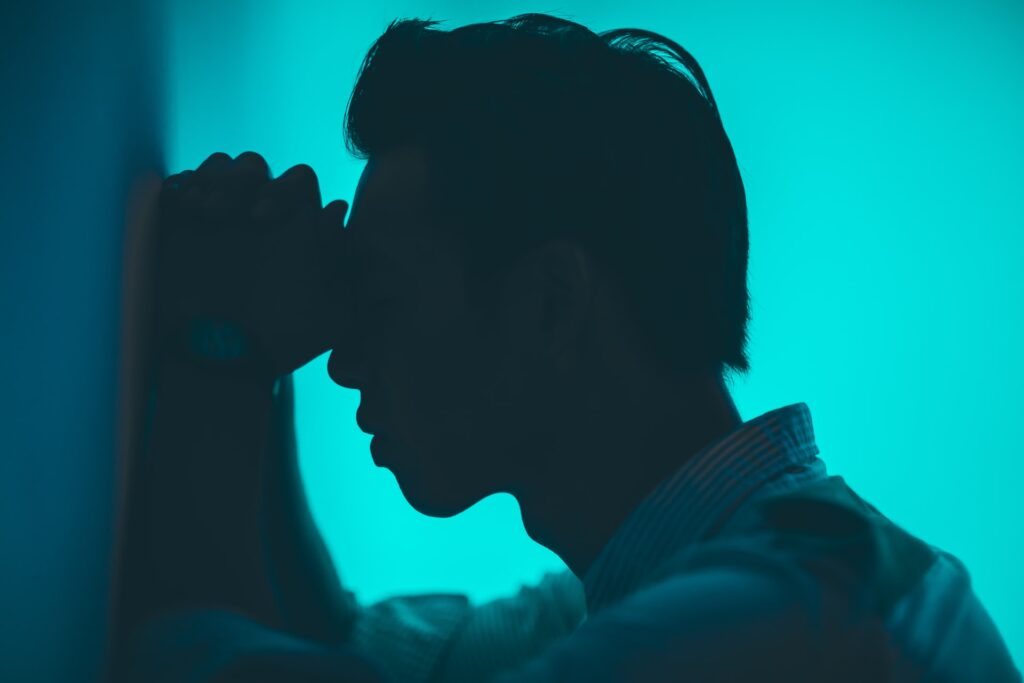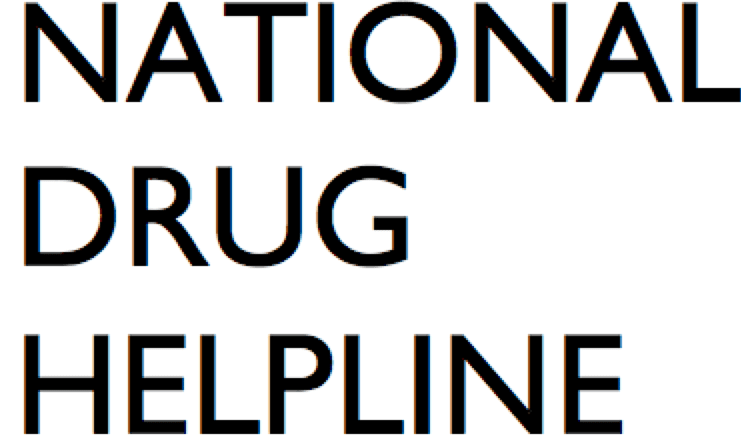The addiction crisis looms large in Indiana, with almost half a million people in the state meeting the criteria for a substance use disorder. Alcohol and drug abuse is affecting communities across the state, and many residents are unable to get the treatment they need. A drug and alcohol hotline in Indiana can help Hoosiers find effective rehab programs to overcome the problem.
Drug overdoses in Indiana nearly doubled from 923 in 2010 to 1,809 just seven years later. Within the past decade, it is estimated that more than 4,000 people in Indiana have lost their lives due to opioid abuse. Between 2000 and 2014, the state’s drug mortality rate quadrupled. Between 2012 and 2016, the number of deaths related to synthetic opioids in Indiana increased by more than 600%. More people in Indiana die from drug overdoses than motor vehicle crashes. [1]
What’s more, there is poor access to addiction treatment, with some areas of the state having no rehab programs at all. That’s why calling an Indiana drug hotline is important. Friendly and knowledgeable representatives can help in identifying nearby drug and alcohol rehab facilities that are affordable. Calls to the hotline are completely confidential and free.
Based on the results of the National Survey on Drug Use and Health (NSDUH) in 2019, nearly 27% of young adults in Indiana (age group 18–25 years) reported illicit drug use within the past 30 days. This is higher than the national U.S. average of around 24%.
Please continue reading to learn more about drug and alcohol abuse in Indiana. The idea is to present key statistics that will help you understand the addiction problem in Indiana and get help for yourself or a loved as soon as possible.
Alcohol Abuse in Indiana
The CDC Behavioral Risk Factor Surveillance System in 2019 reported that 16.5% of adults in Indiana had harmful drinking patterns with binge drinking (4/5 or more drinks by women/men respectively on any given occasion) or heavy drinking (8/15 drinks per week by women/men respectively). While this figure is lower than the U.S. national average of 18.6%, it does indicate that Indiana has a drinking problem, with 1 in 6 people engaged in excessive drinking. Excessive drinking among Hispanic and Black people in Indiana was higher than the U.S. national average. Also, 23.1% people in Indiana in the income bracket of $75,000 per year or higher reported excessive drinking against 22.6% nationally.
Based on the NSDUH 2019 results, 49.5% of Indiana residents aged 12 years or more reported past-month use of alcohol, which is slightly lower than the national average of 50.9% for the total U.S.
Binge alcohol use in Indiana by people aged 12 and over within the past month was 25.5%, which is higher than the national average of 24.2%. This was true for other age groups as well (12–17, 26+, and 18+). [2]
Opioid Addiction in Indiana
Like the rest of the country, the state of Indiana is battling an opioid crisis. In 2018, more than 67,000 people died as a direct consequence of opioid abuse in the United States. Of these, 1,104 opioid overdose deaths occurred in Indiana. Prescription opioid deaths declined compared to the previous year, down from 425 in 2017 to 370 in 2018. Opioid deaths related to heroin and synthetic opioids remained stable.
Much needs to be done, however, in controlling the number of opioid pain pills dispensed in Indiana. In 2018, providers in Indiana wrote 65.8 opioid prescriptions per 100 persons, which is considerably higher than the national average of 51.4 prescriptions per 100 persons.
Opioid abuse among pregnant women continues to be a problem in Indiana. This is obvious from the rate of NAS or neonatal abstinence syndrome in the state. In 2018, Indiana reported 10.4 cases of NAS per 1,000 hospital births, which is higher than the national average of 7 cases per 1,000 hospital births. Neonatal abstinence syndrome is a condition that develops in newborn infants who were exposed to opioids in utero due to maternal drug abuse. An opioid abuse hotline in Indiana can help pregnant women find treatment programs to quit using drugs and reduce the health complications in themselves and their babies.
Of the more than 38,000 new HIV diagnoses nationwide in the U.S. in 2018, roughly 500 occurred in Indiana. In males, 10.2% of new HIV diagnoses were due to intravenous drug use. In females, 16% of new HIV diagnoses in Indiana were attributed to IV drug abuse. [3]
Heroin Abuse in Indiana
Heroin has not been a major drug threat in Indiana outside of major urban areas, but it is of concern nonetheless, especially among youth. Black tar and Mexican brown powdered heroin are common in the northern parts of the state, and Southeast Asian heroin in the southern parts. In particular, the state’s proximity to Chicago has resulted in increased heroin abuse. [4]
Past-year heroin use in Indiana based on the 2019 NSDUH survey was reported by 0.50% of young adults (ages 18–25) in Indiana. This is higher than the national average of 0.36%.
Cocaine Addiction in Indiana
Cocaine is more of a problem in Indiana than heroin. In 2019, 4.63% of young adults (ages 18–25) in Indiana reported past-year cocaine use, which although lower than the national average of 5.54% was still worrisome. Among teenagers aged 12–17, 0.50% in Indiana reported past-month cocaine use, higher than the total U.S. figure of 0.42%.

Methamphetamine Abuse in Indiana
Methamphetamines are powerful and highly addictive stimulant drugs sold on the street as ice, meth, crystal, and blue. Past-year methamphetamine use in Indiana was higher than the national average across all age groups based on the 2019 NSDUH: [5]
- Age 12+: 0.93% in Indiana vs. U.S. national average 0.70%
- Age 12–17: 0.31% in Indiana vs. U.S. national average 0.17%
- Age 18–25: 1.43% in Indiana vs. U.S. national average 0.81%
- Age 26+: 0.92% in Indiana vs. U.S. national average 0.75%
- Age 18+: 0.99% in Indiana vs. U.S. national average 0.76%
A meth addiction hotline in Indiana can help people struggling with dependence on this drug, by offering support, guidance, and information. Calling a meth hotline in Indiana is completely confidential and free. Hotlines typically operate 24/7, including holidays. If you or someone you love has become prey to meth addiction, call an Indiana methamphetamine hotline without delay and take the first step toward recovery.
Marijuana Trends in Indiana
Marijuana use in Indiana mirrored national trends, with roughly 17% of adults (18+) reporting in 2019 that they had used marijuana in the past year. Approximately 1 in 4 young adults (18–25) in Indiana reported using marijuana within the past month.
Substance Abuse in High-School Students in Indiana
Based on the High School Youth Risk Behavior Survey 2015 by the CDC, the following trends in drug and alcohol use were identified among high-school students in Indiana: [6]
- 15.4% of high-school students in Indiana reported having their first alcoholic drink before age 13.
- Nearly 1 in 3 teenagers reported currently drinking alcohol (1 or more drinks in the past month).
- 38% of adolescents reported that the alcohol they drank was given to them by someone.
- 4.3% of adolescents in Indiana reported drinking 10 or more drinks in a row.
- 35.1% of youth in Indiana reported they have tried marijuana at least once.
- 6.2% of Indiana students reported marijuana use before age 13.
- 16.4% of teens reported marijuana use within the past month.
- 10.8% of high-school students reported using synthetic marijuana (King Kong, K2, spice, skunk, or fake weed).
- 4.0% of teenagers reported using cocaine at least once in their lifetime.
- 7.4% of students reported inhalant use (paints or spray cans) at least once in their lifetime.
- 2.4% of high-school students reported using heroin at some point in their lives.
- 2.9% of teenagers reported methamphetamine use at least once in their lifetime.
- 5.0% of the surveyed high-school students in Indiana reported ecstasy use one or more times.
- 3.2% of Indiana high-school students reported using steroids without a prescription.
- 2.2% of teenagers reported injecting illegal drugs one or more times.
- 22.5% of students in Indiana said they were sold or given an illegal drug on school premises within the past year.
A youth alcohol and drug hotline in Indiana can help teenagers battling drug and alcohol addiction. The hotline can provide information about affordable and effective treatment programs that are run by experts with experience in treating addiction in young adults. Most toll-free drug hotlines in Indiana operate 24/7 and offer free and completely confidential guidance and support to teenagers or their parents.
Last updated: March 9, 2023
References
| ↑1 | Indiana University. Hoosier Life. Available online. Accessed on July 5, 2021. |
|---|---|
| ↑2, ↑5 | SAMHSA. 2018-2019 National Survey on Drug Use and Health. Available online. Accessed on July 5, 2021. |
| ↑3 | National Institute on Drug Use. Indiana: Opioid-Involved Deaths and Related Harms. Available online. Accessed on July 5, 2021. |
| ↑4 | National Drug Intelligence Center. Indiana Drug Threat Assessment – Heroin. Available online. Accessed on July 5, 2021. |
| ↑6 | CDC. High School YRBS. Indiana 2015 Results. Available online. Accessed on July 5, 2021. |
